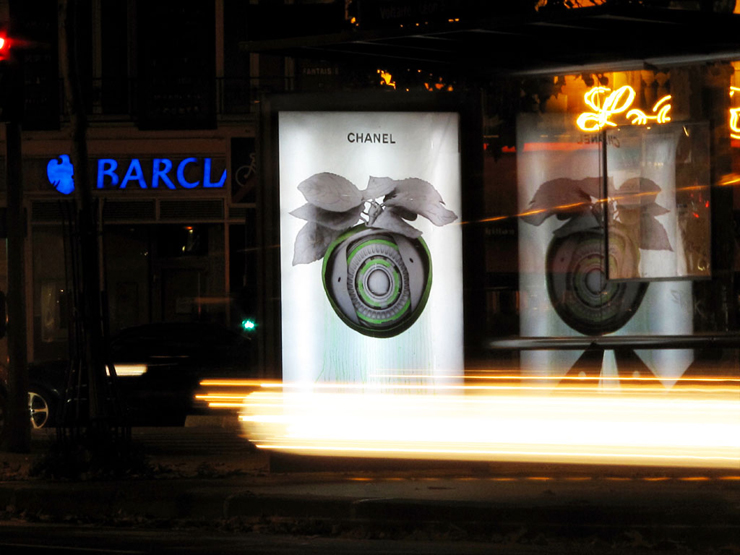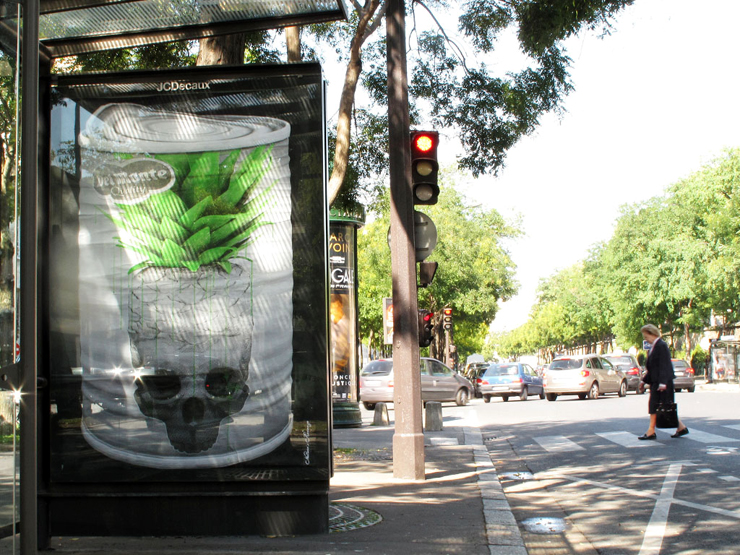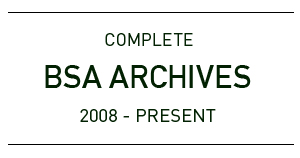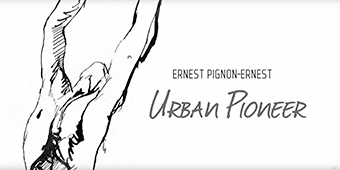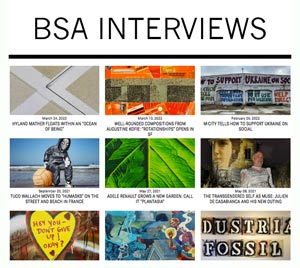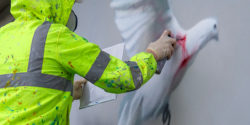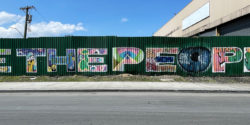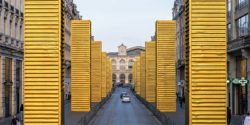“Co-Branding”
Who decides what messages and images are displayed in the public? When it comes to advertising, images and graphics are supposedly governed by “community standards”, meaning a body of some sort passes judgment on the worthiness of an image or message based on a common understanding of the collective opinion. More often than not, unless there is a vocal protest from a potent fraction of a community, standards are merely the guidelines to push against to grab attention and a tiny piece of mind share.
As these standards evolve, so do the broadly drawn boundaries of what an advertiser can use to sell a product, whether it is on a sticker, billboard, mural, or high-gloss kiosk. “It’s almost like you can put a dildo on a billboard as long as the brand or logo is there to validate it as another normal commercial,” says French Street Artist Ludo, who has been merging his art with the commercial art in bus shelters.
Ludo’s series is called “co-branding”, a seamless appropriation of existing ads that can be strikingly beautiful and even unnoticeable by the casual observer. These pieces merge so well with the context that they might very well be mistaken by genuine ads. He talks about a piece that re-invents a Chanel advertisement by noting the high-concept imagery that appears in typical ads for high-end consumer goods. “The overabundance of ultra aesthetic visuals in some ads now, the kind of arty stuff that only Karl Lagerfield will enjoy, is so annoying to me that it made me want to hijack my own work and brand them as an other campaign. It’s funny how in fact people see it as advertising because of the logo but are also kind of disturbed by the image.”
Other Articles You May Like from BSA:
Barcelona, Spain has begun the process of re-opening the city from the confines of Covid-19. Lluis Olive, a frequent BSA collaborator tells us that phase I of re-opening includes bars and restaurants...
With a theme of "Art and Activism", the 2017 edition of Wall\Therapy is happening mid-summer in Rochester with local and national artists coming to complete murals that keep people in mind. More o...
Using a 1992 Buick Park Avenue as your painting utensil is completely normal in late capitalism. So is calling yourself Shoe. In his latest exhibition, the graffiti writer and contemporary artist ...
New York Street Artist Aiko is cutting a new stencil in a dusty warehouse space with huge windows, but instead of being in an industrial neighborhood in Brooklyn, this time she's in New Delhi. The new...
He first wrote “Crash” on New York streets and trains in 1974 but he still finds ways to entertain and challenge himself artistically. Now managing a successful gallery career that has him globe trott...
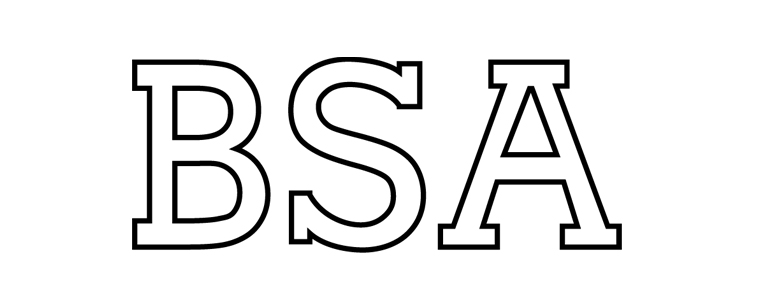 BROOKLYN STREET ART LOVES YOU MORE EVERY DAY
BROOKLYN STREET ART LOVES YOU MORE EVERY DAY